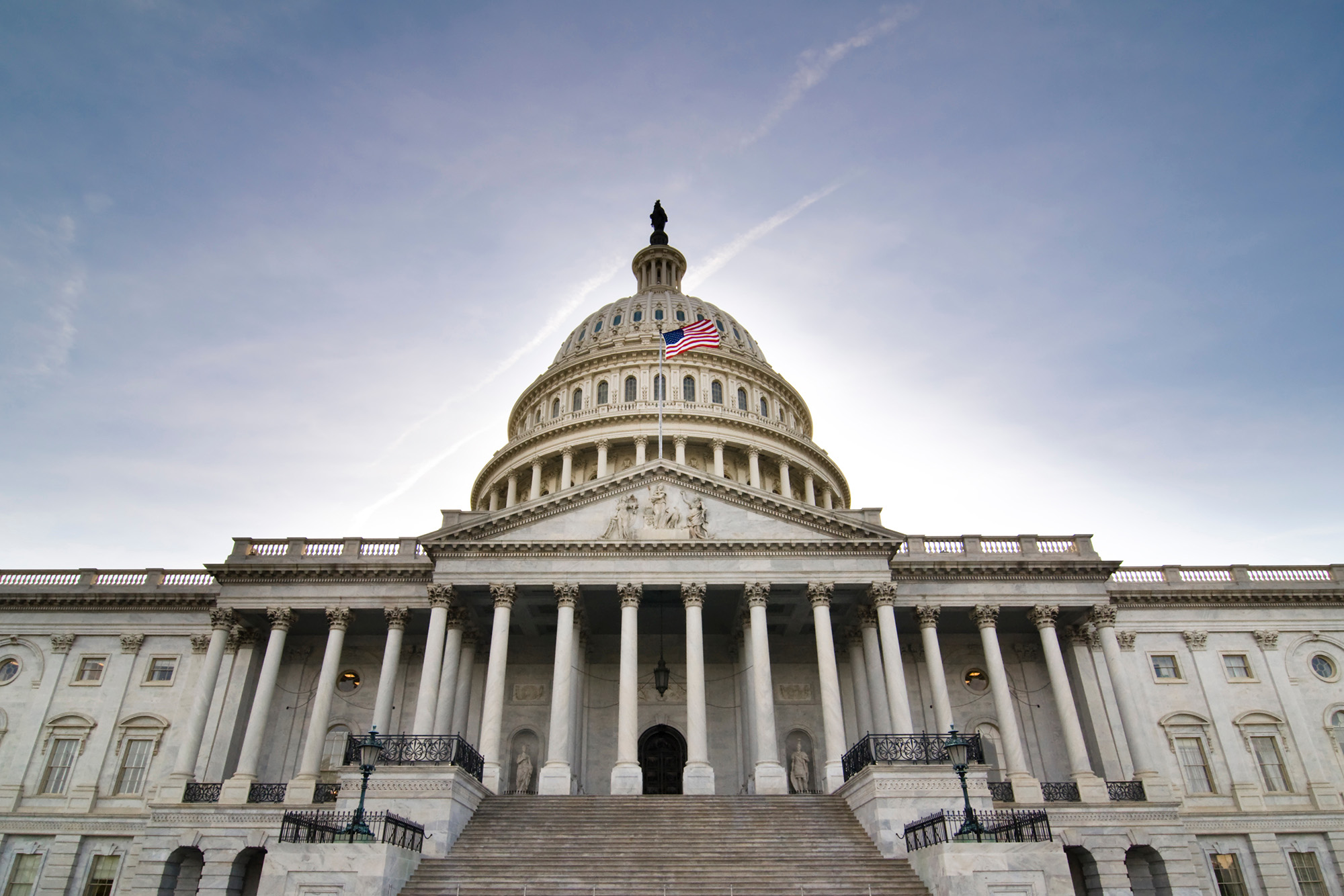New DOL Rule Would Have Retirement Plans Consider Environmental and Social Factors
On November 22, 2022, the U.S. Department of Labor (DOL) introduced new regulations that allow retirement plans to factor in environmental, social, and governance (ESG) considerations when choosing investments and exercising shareholder rights.










